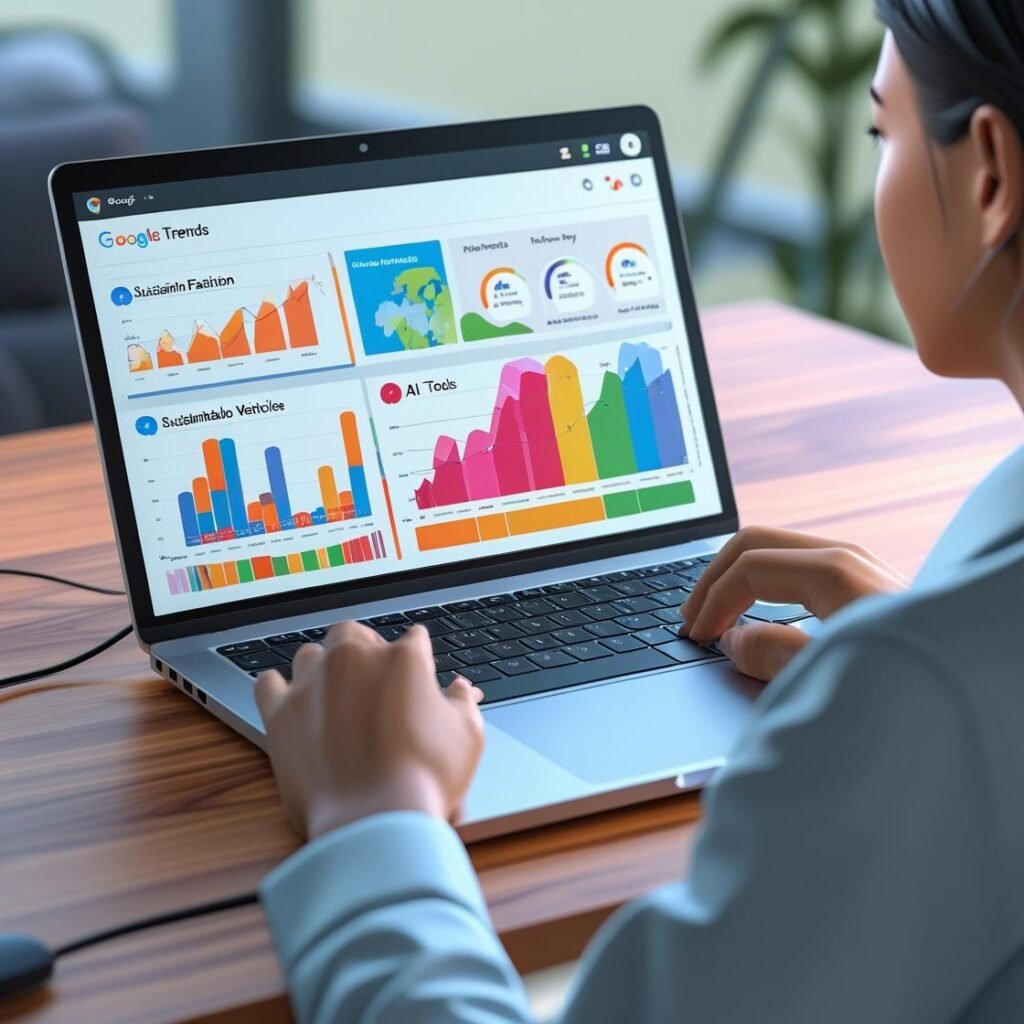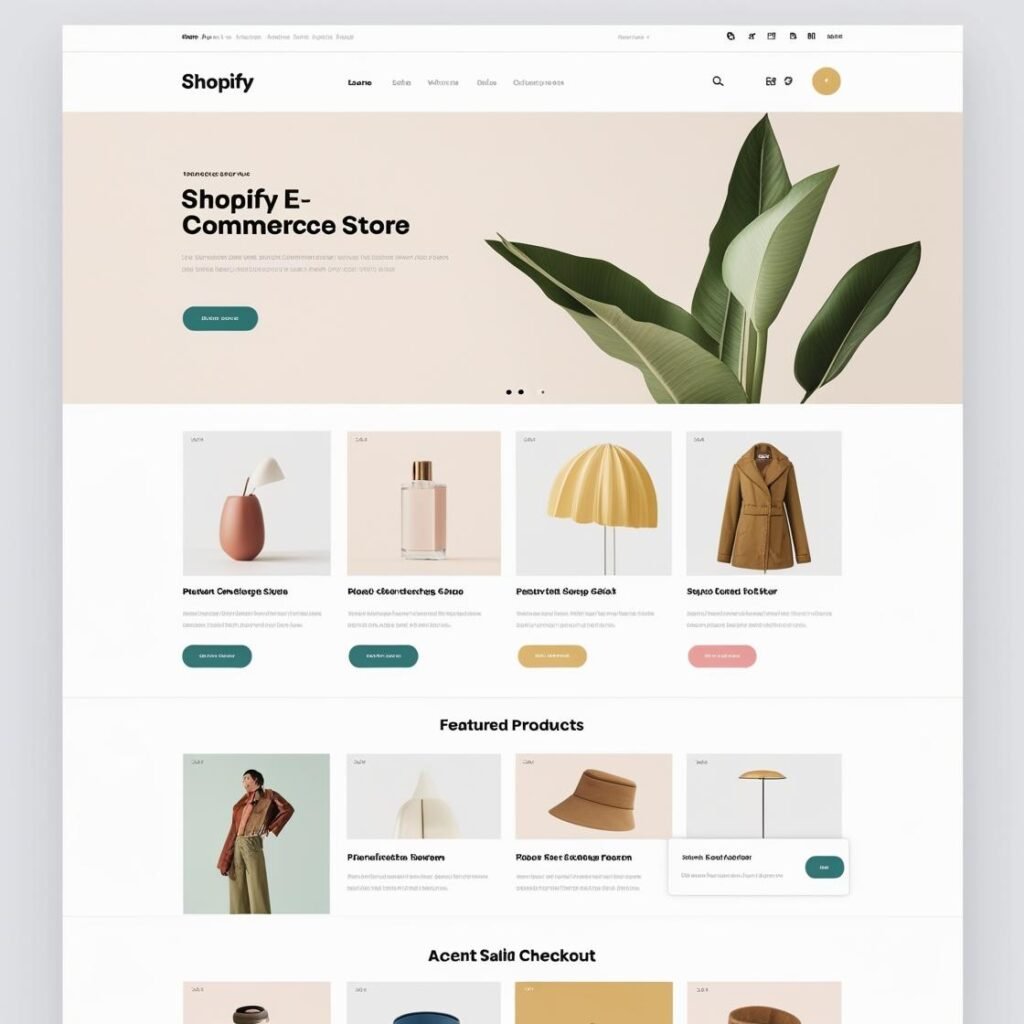Dropshipping is an e-commerce fulfillment method where you don’t keep the products you sell in stock. Instead, when a customer places an order, you purchase the item from a third-party supplier, who then ships it directly to the customer. This eliminates the need for inventory, warehousing, and shipping logistics on your end, significantly reducing startup costs.
The “no money” aspect comes from leveraging free platforms, tools, and organic marketing strategies. While paid advertising can accelerate growth, this guide focuses on proving your concept and generating initial sales without financial outlay.
The Zero-Cost Blueprint: Is It Really Possible?
Yes, it is! While some guides might suggest you need a “small” budget, this guide is designed for those with genuinely $0 to invest upfront. The key lies in resourcefulness, dedication, and smart utilization of free resources. Your “investment” will be your time, effort, and creativity.
Think of it this way: your profit comes from the difference between what your customer pays you and what you pay the supplier. You only pay the supplier after the customer has paid you, so you’re never out of pocket for inventory.
Step 1: Niche Selection – Finding Your Profitable Playground
Choosing the right niche is paramount, especially when starting with no money. A good niche is one with demand, but not overly saturated with competition, and ideally, where products have decent profit margins.
Researching Trending Products (Free Tools)
- Google Trends: This is your best friend. Search for product ideas and see their popularity over time. Look for upward trends or consistent demand. Avoid highly seasonal products unless you plan to quickly adapt your store.
- AliExpress Dropshipping Center: This free tool from AliExpress helps you find winning products. You can see top-selling items, analyze their sales performance, and even track competitors.
- Amazon Best Sellers/Movers & Shakers: While you won’t be dropshipping directly from Amazon, observing their best-seller lists can give you insights into what’s currently in high demand.
- Social Media (TikTok, Instagram, Pinterest): Look for products going viral. Search hashtags like #tiktokmademebuyit, #amazonfinds, or simply browse popular creator content. User-generated content often highlights products people genuinely love.
- Niche Scraper/Ecomhunt (Limited Free Access): Some of these tools offer limited free trials or basic access that can still provide valuable insights into trending products and their potential profitability.
Characteristics of a Good “Zero-Cost” Niche:
- High Demand, Low Competition: This is the sweet spot. Hard to find, but worth the effort.
- Problem-Solving Products: Products that solve a common pain point tend to sell well.
- “Wow” Factor/Impulse Buys: Items that are visually appealing or unique can generate strong impulse purchases.
- Lightweight & Small: Lower shipping costs (though the supplier handles this, it impacts the overall product cost).
- Not Easily Found Locally: If customers can easily buy it from a local store, your online offering needs to be significantly better in price or convenience.
- Evergreen Potential: Products that aren’t just fads and have long-term appeal.
Example Niche Ideas (Always research current trends!):
- Eco-friendly home gadgets
- Unique pet accessories
- Tech organization solutions
- Specific hobby-related items (e.g., specialized knitting tools, unique journaling supplies)

Step 2: Finding Reliable Free Dropshipping Suppliers
This is where the “no money” truly kicks in. You need suppliers who don’t require upfront fees or minimum order quantities.
Top Free Dropshipping Supplier Platforms:
- AliExpress: The go-to for many dropshippers. You can sign up for free, browse millions of products, and contact suppliers directly. It offers a vast selection across almost every niche. Be mindful of shipping times from China, and look for suppliers with good ratings and ePacket shipping options where available.
- CJ Dropshipping: Similar to AliExpress, but often with better shipping times (especially from their US/EU warehouses) and more services like product sourcing and custom branding. It’s free to sign up.
- Printify / Printful (for Print-on-Demand): If you’re creative, print-on-demand is a fantastic zero-cost option. You design products (t-shirts, mugs, phone cases, etc.), and Printify/Printful handles printing and shipping only when an order is placed. You pay for the product and printing after the customer pays you. They integrate with various e-commerce platforms.
- Modalyst (Free Plan): Offers a free plan that allows you to import up to 25 products. Focuses on trendy and curated products, sometimes including recognized brands.
- Spocket (Free Trial): Primarily focuses on US and EU suppliers, leading to faster shipping times. While it has paid plans, a free trial can give you a taste and potentially generate early sales.
Vetting Your Suppliers: Crucial for Success
Even with free suppliers, quality control is vital.
- Check Supplier Ratings & Reviews: Look for high ratings and positive feedback regarding product quality, shipping times, and communication.
- Communication: Send a few test messages to assess their responsiveness and English proficiency.
- Product Photos: Ensure suppliers provide high-quality images. If not, you might need to find alternatives or create your own.
- Shipping Options & Times: Understand the estimated delivery times and ensure they are acceptable to your target audience.
- Return Policy: Familiarize yourself with their return and refund policies.

Step 3: Building Your Free Online Storefront
You don’t need a fancy website builder with monthly fees to start.
Free E-commerce Platforms and Marketplaces:
- Shopify (Free Trial): Shopify offers a 3-day free trial, which can be extended to a longer trial period depending on current promotions. This is an excellent way to get a professional-looking store up and running quickly to test products and generate initial sales. If you make sales during the trial, you can use that profit to cover your first month’s subscription.
- Shopify Starter Plan ($5/month): While not completely free, this plan is incredibly affordable and allows you to sell through social media, email, and SMS, essentially turning your social media profiles into selling channels without a full store. This is a very viable “low investment” option if you quickly generate sales during the free trial.
- Etsy: While primarily a marketplace for handmade goods, some dropshippers successfully sell unique or customizable print-on-demand items on Etsy. They charge listing and transaction fees, but there’s no upfront store cost.
- Facebook Marketplace/Instagram Shop: You can list products directly on these platforms for free. This is a great starting point for testing product demand and generating initial sales with zero website investment. You’ll need to handle order processing manually with your supplier.
- WooCommerce (with WordPress.org – requires hosting, but WordPress is free): If you’re tech-savvy, you can set up a WordPress site and install the free WooCommerce plugin. The “zero cost” here refers to the software itself, but you would need to pay for web hosting (though very cheap options exist, like free tiers of cloud hosting or shared hosting for a few dollars a month). This is more advanced but offers ultimate control.
- Wix (Free Plan with Limitations): Wix offers a free website builder plan, but it will display Wix branding and have limited features. It can be a starting point for a very basic showcase.
Setting Up Your Store (Regardless of Platform):
- Choose a Simple Theme/Layout: Keep it clean, professional, and easy to navigate.
- High-Quality Product Images: Use the images provided by your supplier, or if possible, enhance them or find better ones. Good visuals are crucial.
- Compelling Product Descriptions: Don’t just copy-paste. Write unique descriptions that highlight benefits, solve problems, and create desire. Include relevant keywords for SEO.
- Clear Policies: Have clear shipping, return, and privacy policies. This builds trust.
- Basic Contact Information: Make it easy for customers to reach you.

Step 4: Mastering Free Marketing Strategies
This is where your time and effort truly replace financial investment. Organic marketing is the backbone of zero-cost dropshipping.
Social Media Marketing (Organic Reach):
- Identify Your Target Audience & Platforms: Where does your ideal customer hang out? Instagram, TikTok, Pinterest, Facebook, X (formerly Twitter)?
- Consistent Content Creation:
- High-Quality Visuals: Post eye-catching product photos and videos.
- Engaging Captions: Tell a story, ask questions, run polls.
- Hashtag Strategy: Research and use relevant, trending hashtags to increase visibility.
- User-Generated Content: Encourage customers to share photos/videos of your products. Repost with credit.
- Build a Community: Respond to comments and messages, run contests, and engage with your followers.
- Influencer Marketing (Micro-Influencers): Reach out to smaller influencers (1k-10k followers) in your niche. Offer them a free product in exchange for a review or post. Many are open to this, especially when starting out.
Search Engine Optimization (SEO):
- Keyword Research (Free Tools): Use Google Keyword Planner (requires a Google Ads account, but you don’t have to run ads) or free browser extensions like Keyword Everywhere (limited free usage) to find keywords people are searching for related to your products.
- On-Page SEO:
- Optimize Product Titles & Descriptions: Include your main keywords naturally.
- Alt Text for Images: Describe your images using keywords.
- Create Blog Content: Write articles related to your niche and products. This positions you as an expert and attracts organic traffic. For example, if you sell pet products, write about “Top 5 Training Tips for New Puppies.”
- Build Backlinks (Guest Blogging): Reach out to other bloggers or websites in your niche and offer to write a guest post. Include a link back to your store.
Email Marketing (Free Tiers):
- Build an Email List: Offer a small discount or a useful freebie (e.g., a short guide) in exchange for email sign-ups.
- Free Email Marketing Platforms: Many platforms like Mailchimp offer free tiers for a limited number of subscribers and emails per month.
- Send Engaging Emails:
- Welcome Series: Greet new subscribers and introduce your brand.
- Product Showcases: Highlight new arrivals or popular items.
- Promotions/Discounts: Entice purchases with special offers.
- Content-Rich Newsletters: Share valuable information related to your niche.

Step 5: Order Fulfillment and Customer Service
Once you start getting orders, this is where the operational side comes in.
Streamlined Order Processing:
- Manual Order Placement: Since you’re starting with no money, you’ll likely be manually placing orders with your supplier on platforms like AliExpress or CJ Dropshipping after a customer purchases from your store.
- Confirm Customer Details: Double-check shipping addresses and product variations before placing the order with your supplier.
- Tracking Information: Once the supplier provides tracking, update your customer promptly.
Exceptional Customer Service (Crucial for Trust):
- Be Responsive: Answer inquiries quickly and professionally. This builds trust and reduces buyer’s remorse.
- Transparency: Be upfront about shipping times, especially if they are longer due to international suppliers.
- Handle Returns/Refunds Graciously: Follow your supplier’s return policy. A smooth return process can turn a negative experience into a positive one.
- Proactive Communication: Send order confirmations, shipping updates, and follow-up emails after delivery.

Step 6: Analyzing and Optimizing for Growth
Even with $0, data is your friend.
Track Your Performance:
- Sales & Revenue: Keep a simple spreadsheet or use your platform’s built-in analytics to track sales.
- Website Traffic: If using a platform like Shopify, track visitor numbers. For social media, monitor reach and engagement.
- Conversion Rate: How many visitors become customers?
- Profit Margins: Calculate the actual profit after supplier costs and any platform fees (if applicable after free trial).
Iterate and Improve:
- Test Different Products: Don’t stick to one if it’s not selling. Continuously test new products within your niche.
- Optimize Product Pages: A/B test different product descriptions, images, and calls to action to see what converts best.
- Refine Marketing Strategies: Analyze which social media posts perform best, and adapt your content strategy accordingly.
- Seek Feedback: Ask customers for reviews and feedback to identify areas for improvement.
Potential Challenges and How to Overcome Them (No Money Edition)
- Long Shipping Times: Be transparent with customers from the outset. Manage expectations. Consider offering free shipping to offset longer waits.
- Supplier Reliability: This is a big one. Always vet suppliers carefully and have backup options.
- Intense Competition: Differentiate yourself through strong branding, unique product descriptions, excellent customer service, and targeted niche selection.
- Building Trust with Customers: Since you don’t hold inventory, building trust is paramount. High-quality website/storefront, clear policies, and responsive customer service are key.
- Initial Overwhelm: Starting any business is tough. Break down tasks into small, manageable steps.
Scaling Your $0 Dropshipping Business
Once you start generating sales, you’ll have capital to reinvest.
- Reinvest Profits: Use your initial profits to cover any upcoming platform fees (like Shopify’s basic plan), or to invest in small, targeted paid ad campaigns (e.g., Facebook Ads with a very small daily budget).
- Upgrade Tools: Consider upgrading to paid tools for better automation, product research, or email marketing as your business grows.
- Explore Faster Shipping: Once profitable, look into suppliers with faster shipping options or consider sourcing some best-selling products closer to your target market.
- Build Your Brand: Focus on creating a memorable brand identity, not just selling products. This includes a unique logo, consistent messaging, and a strong brand voice.
Conclusion: Your Entrepreneurial Journey Starts Now
Starting a dropshipping business with $0 in 2024 is not just a pipe dream; it’s a legitimate pathway to entrepreneurship. It demands dedication, continuous learning, and a willingness to put in the work that traditionally paid for. By leveraging free tools, smart marketing, and exceptional customer service, you can build a thriving online business and turn your time and creativity into tangible profit. The biggest investment you’ll make isn’t financial, but rather your commitment to making it work. So, what are you waiting for? Your zero-cost dropshipping journey begins today!